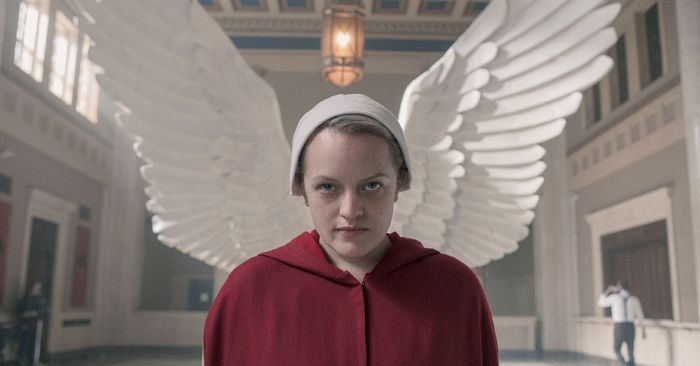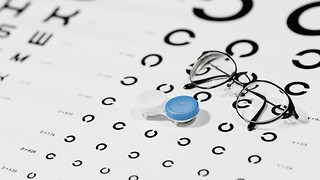Dark and dreary films: was anyone ever happy in the Middle Ages?
In response to the recent release of The Last Duel, Quincy De Vries explores the darkness that usually surrounds the Middle Ages in film and attempts to offer a new perspective
The Last Duel is the latest in a series of movies set in the Middle Ages to hit the big screen and streaming services. The Green Knight, The King and Outlaw King are notable examples from the past few years. While some of these films are completely fictional and others claim to be based on historical fact, they all have a concerning element in common: their depiction of the Middle Ages. Everyone in these films seems perpetually miserable, and the weather rotates between snow, sleet, and hail. It would be easy to conclude from these depictions that everyone in the Middle Ages lived horrible lives, and the only excitement they received was from the occasional battle.
“This interpretation, of a time of decline and darkness, has influenced perceptions of the Middle Ages ever since”
This perception of a dark and miserable Middle Ages has been around far longer than any of these films, far longer even than films have even existed. It was born out of Renaissance Humanism, a new style of learning and philosophy that relied on imitating classical authors and styles that spread across Europe beginning in the early 14th century. Renaissance Humanism relied on the interpretation that the Middle Ages had been an era of stagnation and cultural decline, and that this trend could be reversed by taking inspiration from the ancient Greeks and Romans.
This interpretation, of a time of decline and darkness, has influenced perceptions of the Middle Ages ever since. It outlived Renaissance Humanism and influenced Enlightenment thinkers, allowing Western Europeans to compare themselves and their perceived progress to their ‘barbaric’ Medieval ancestors. All of these ideas made their way into the art and literature of the time, which in turn influenced subsequent interpretations and eventually appeared in modern portrayals of the Middle Ages. Think of Monty Python and the Holy Grail: while a satirical comedy, its depictions of peasants rolling in filth and the burning of a witch for weighing the same as a duck do not fall far from the way in which the Middle Ages continues to be depicted in film.
This is not to say that the Middle Ages was a paradise, but that film continues to do it a massive disservice by depicting it so negatively. It is easy to dismiss the entire period as boring and useless when it is portrayed as such in art and culture. You have to remember the obvious but often forgotten fact that above all medieval people were people. They had families, they laughed and cried and hoped and dreamed.
“Not everyone was constantly going around killing each other with no consequences, despite what these films might lead you to believe”
When there are positive depictions of Medieval people in film, they focus on high status individuals. By privileging the narratives of those on belonging to the highest social groups, films continue perpetuate the idea that common people living in the Middle Ages were dirty, unhappy nobodies and that the only stories worth telling are those of the social elite. Medieval people were not simply the extras in the lives of the so called great men of the period.
There also tends to be a large emphasis on the role of violence in Medieval society in film. While violence was an expected part of everyday life, there were both secular and ecclesiastical courts during the period. Not all conflicts had to become epic life or death struggles. Knighthood in particular is often the focus of the violence in these films. It is important to keep in mind that knighthood was a social class of its own, reserved primarily for social elites and those who could afford the expense of armour, horses and other living costs. Knights could participate in violence in legitimate ways, but that does not mean that everyone could. Popular revolts and violence were often struck down as they were illicit forms of violence. Not everyone was constantly going around killing each other with no consequences, despite what these films might lead you to believe.
This is not to discourage you from seeing the Last Duel or any other film that features the Middle Ages, only to encourage you to question the depictions of Medieval Europe in film and remind you that it had four seasons, and that common people did exist and they did not roll in the streets in filth. It was possible for them to be happy and live fulfilled lives. Next time you watch a film set in the Middle Ages, keep in mind the invisible historical forces and prejudices that shape the way each one of us interprets history, and how these forces continue to shape the art we create about the Middle Ages.
 News / SU reluctantly registers controversial women’s soc18 December 2025
News / SU reluctantly registers controversial women’s soc18 December 2025 Features / Should I stay or should I go? Cambridge students and alumni reflect on how their memories stay with them15 December 2025
Features / Should I stay or should I go? Cambridge students and alumni reflect on how their memories stay with them15 December 2025 News / Dons warn PM about Vet School closure16 December 2025
News / Dons warn PM about Vet School closure16 December 2025 News / Cambridge study finds students learn better with notes than AI13 December 2025
News / Cambridge study finds students learn better with notes than AI13 December 2025 News / Uni registers controversial new women’s society28 November 2025
News / Uni registers controversial new women’s society28 November 2025










